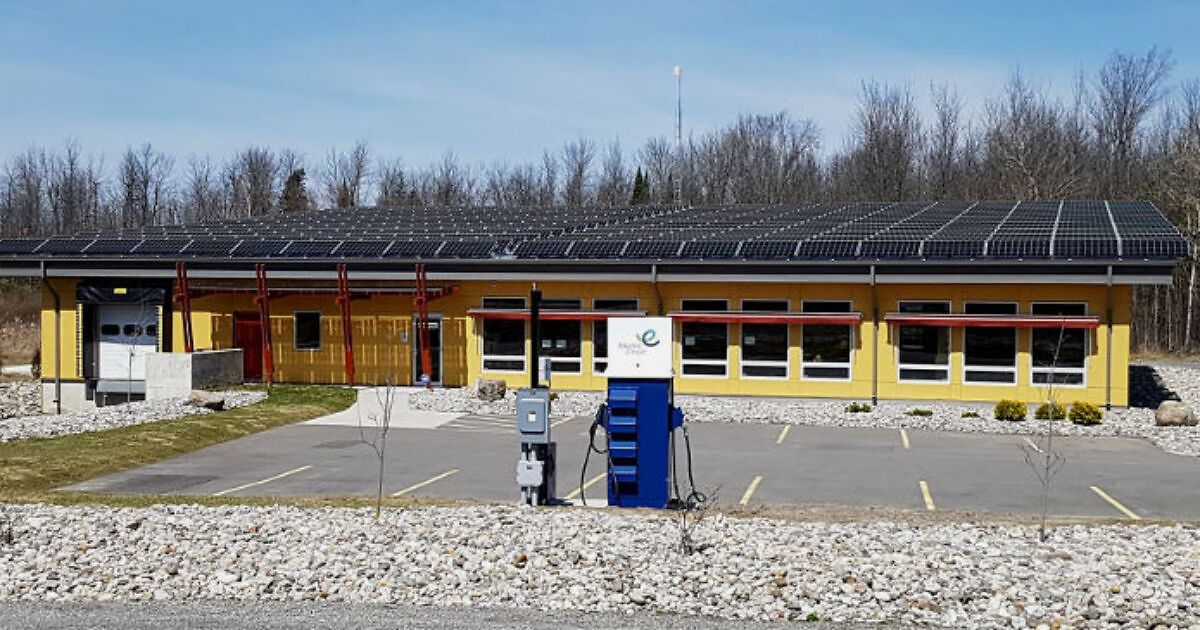Charge voltage 28.8v
Mac charge current 40 amps
Float set at 26v
Terminates charge when battery reaches 28.8v
A123 8s5p LiFepo4 battery pack 100ah, 28v, 2.4kw
That WILL cause problems !
The Primary Voltage Curve for LFP is from 3.000-3.450. Above & Below those points is <8% and no gain, plus it is Runner Cell territory.
28.8V ÷ 8 = 3.600V will result in BMS trips with HVD (High Volt Disconnect) Do NOT figure / fudge the parallel cells for such calcs, makes no diff.
28.0V ÷ 8 = 3.500V per cell. This is quite sufficient and IS considered 100%
Charge to 28.0V
Terminate charging at 28.1V
Amps cannot exceed 50A for that 123cell based pack.
Set float to 27.5V which is 3.4375V per cell. This will keep them topped and allow for the BMS to Balance out cells.
Rebulk or Resume Charging at 27.2V
End Amps for Absorb Charging for the 100AH pack would be 5A but that may not be reliable, pending on cells.
With LFP, unlike Lead, you MUST Calibrate / Compensate for voltage drop between the battery terminals & the SCC + Inverter. If there is as much as a 0.1V difference it WILL throw things off. See link in my Signature on Calibration.
Case in point: The settings are similar to mine. My system was at 78% @ Sunrise, charged to 100% and reached float by 11:15AM. Fridge, Radiant Heating, running + 2 Coffee pots brewed plus, computer/router/sat modem/47" LED Screen and still 100% . Right now I am Top Balancing 8 cells as well with a TekPower TP1540E Bench Powersupply, which started this run at 2A, the SCC Supplied the extra amperage, power drawn from Battery = 0A as each pack is in "Storage Mode" yet at the moment the SCC is providing 19A to the Inverter @ 27.8V
THIS WAS an "LFP Voltage Chart" Thread
So here is a Voltage Chart:



